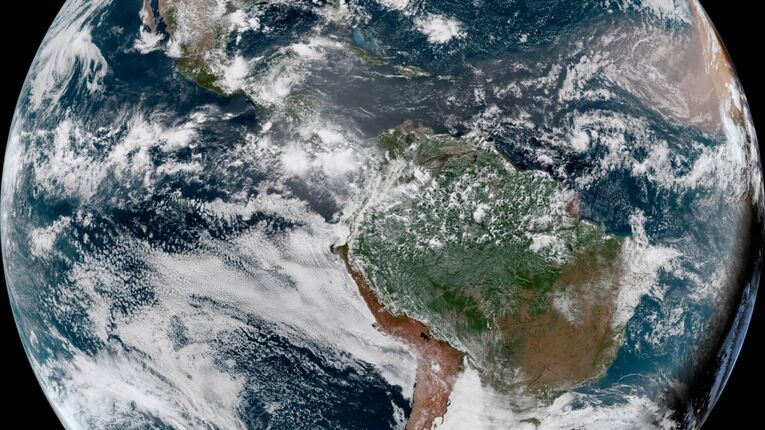The coffee-colored atmospheric swirl, captured by satellites last week, blew across the ocean all the way to Houston. Originating in the Sahara Desert, the air dominated weather across the Atlantic and beyond. It is, quite simply, kryptonite for hurricanes.

“The dust is the marker of the extremely dry air coming off the Sahara Desert,” said Gerry Bell, a hurricane climate specialist at the U.S. Climate Prediction Center in College Park, Maryland. “It is the dry air that can suppress storm development and limit the size of the storms.”
Tropical storms and hurricanes are heat engines built from thunderstorms; they draw power from warm, moist tropical air across the ocean. Stable, dry air is like adding sand to a cake recipe.
“Dry air causes more suppression of thunderstorms,” said Chris Davis, a senior scientist and associate director of the National Center for Atmospheric Research in Boulder, Colorado. “If you depress the thunderstorms, it makes it very hard for it to intensify.”
This battle of dry and moist rages throughout the summer. While the wetness lost out in June, a small hurricane managed to form last week and another may be brewing, so it’s too soon to tell whether this season will end up mellow or fierce. Every few days, patches of showers and thunderstorms leave central Africa and start west across the Atlantic. These are called tropical waves and they can line up like freight cars in a train all the way across the basin.


